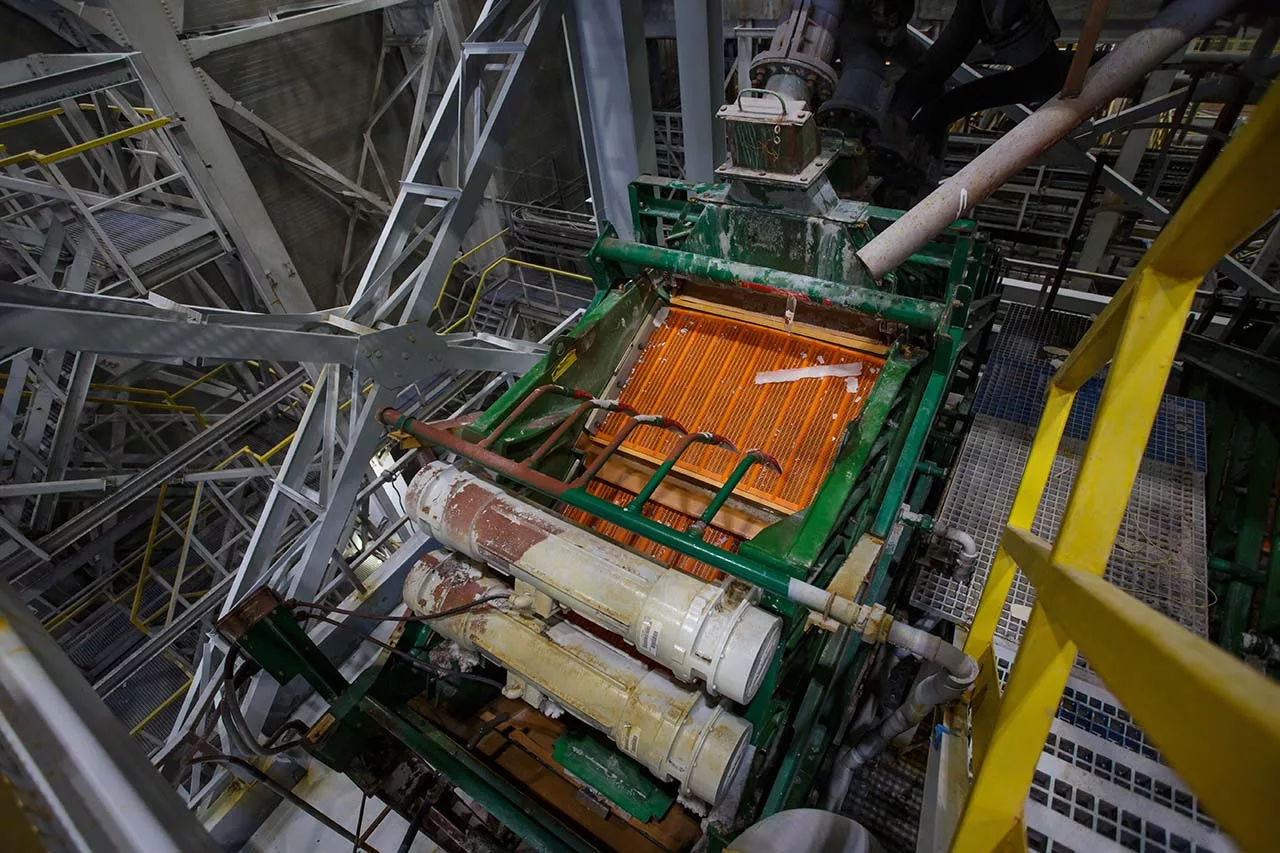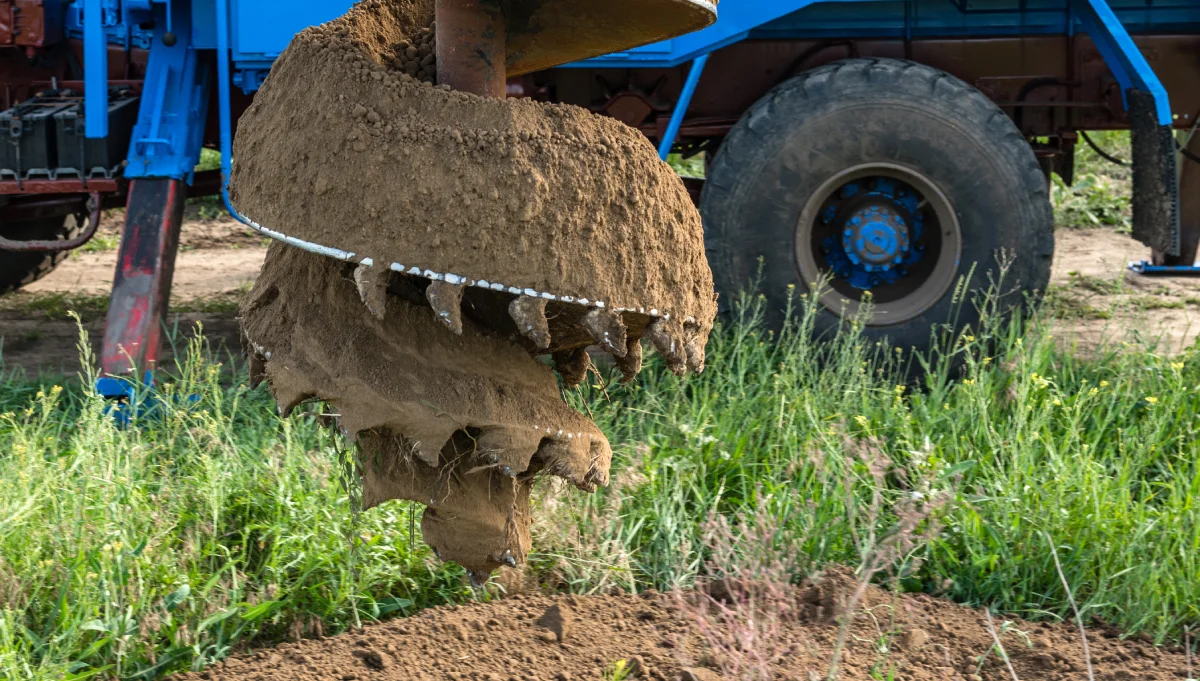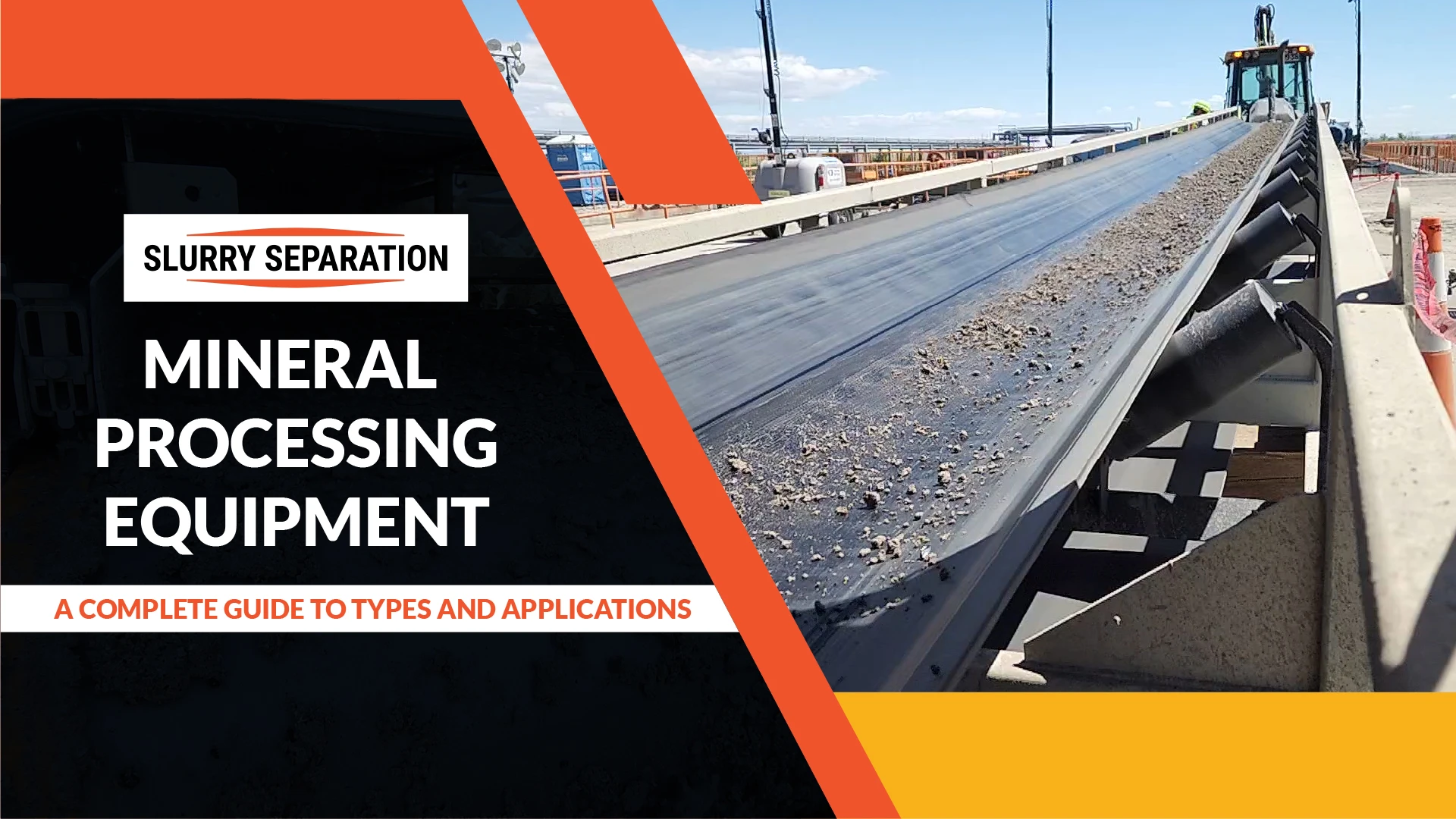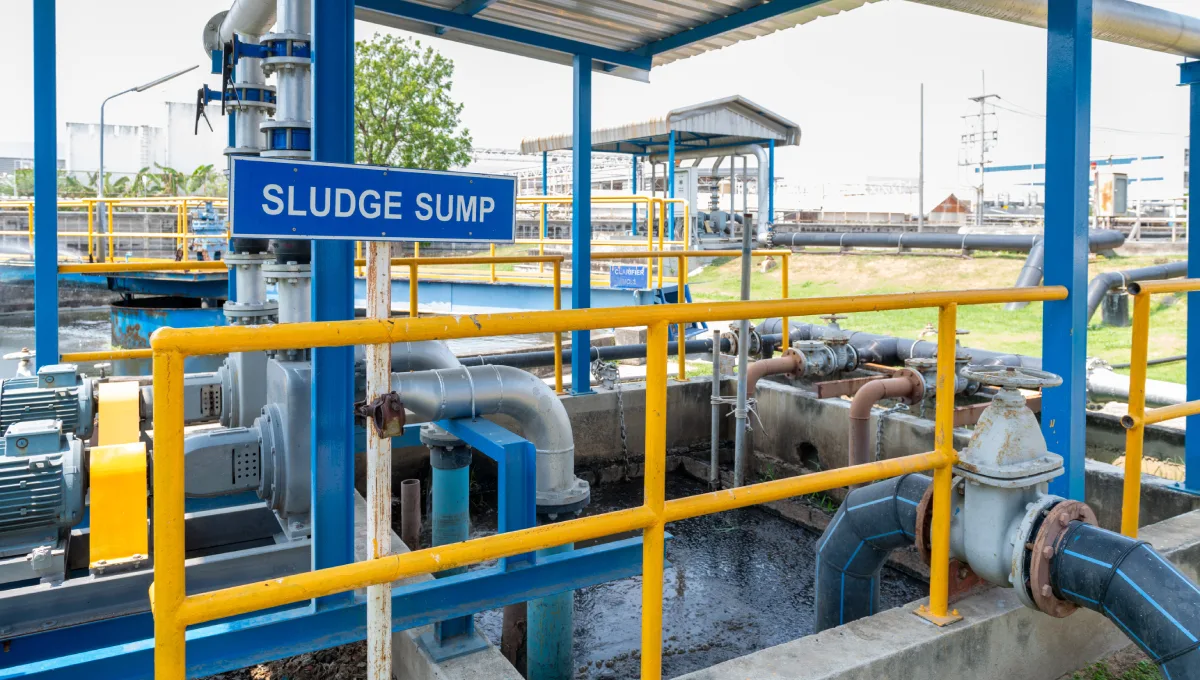Screen blinding is a common challenge in solids control operations involving slurry separators, where drilling fluid solids accumulate and obstruct the screening surface, reducing efficiency and impacting the overall shaker performance. Addressing screen blinding is crucial for maintaining drilling productivity, extending equipment lifespan, and minimizing downtime. Here, we discuss effective strategies to prevent screen blinding problems on shale shakers, ensuring optimal solids control efficiency in oil and gas drilling operations.
Proper Screen Selection Is Critical
Selecting the appropriate screen mesh size and configuration is fundamental in preventing screen blinding on shale shakers. Finer mesh screens are susceptible to blinding due to their smaller openings, while coarser screens may struggle to capture smaller particles effectively. Understanding the particle size distribution of drilled solids and matching it with the correct screen mesh size helps optimize solids removal efficiency and minimize blinding. Additionally, choosing durable and resilient screen materials that are resistant to abrasion and plugging enhances screen longevity and performance.
Use Screen Cleaning Mechanisms During Operation
Implementing effective screen cleaning mechanisms is essential for preventing and mitigating screen blindness issues on shale shakers. Various methods, such as mechanical, pneumatic, or liquid-based cleaning systems, can remove lodged solids and restore screen permeability. Mechanical methods, such as ball trays, rotary brushes, or vibratory motion, physically dislodge trapped particles from the screen surface. Pneumatic systems use compressed air or gas jets to blow debris off the screen, while liquid-based systems utilize wash nozzles or sprayers to flush away accumulated solids. Choosing the appropriate cleaning mechanism based on screen design and operational requirements helps maintain screen performance and prolong screen life.
Optimal Shaker Operation Parameters
Adjusting shaker operation parameters, such as vibration intensity, frequency, and angle, is critical for preventing screen blindness and maximizing solids control efficiency. Increasing vibration intensity helps dislodge trapped particles from the screen surface, while adjusting vibration frequency can promote particle stratification and improve solids conveyance. Additionally, optimizing the screen deck angle facilitates effective fluid handling and solids conveyance, minimizing the likelihood of screen blinding. Regular monitoring and adjustment of shaker operation parameters based on drilling conditions and solids loading rates ensure consistent performance and mitigate blinding issues.
Adequate Fluid Properties Management
Maintaining proper drilling fluid properties, such as viscosity, density, and rheological characteristics, is essential for preventing screen blinding on slurry separators. Controlling fluid viscosity helps reduce fluid friction and enhance solids conveyance across the screen surface, preventing particles from adhering and accumulating. Monitoring fluid density ensures optimal buoyancy and suspension of solids in the drilling fluid, minimizing settling and deposition on the screen. Furthermore, adjusting fluid rheology parameters, such as gel strength and yield point, helps optimize fluid flow properties and prevent screen blindness caused by fluid-related issues.
Regular Maintenance and Inspection Prevents Screen Blinding
Conducting regular maintenance and inspection of slurry separation equipment is crucial for identifying and addressing potential causes of screen blinding proactively. Routine cleaning of screens, decks, and discharge ports removes accumulated solids and debris, preventing obstructions and maintaining optimal screening performance. Inspecting screen tension, frame integrity, and sealing mechanisms ensures proper screen installation and alignment, minimizing the risk of screen misalignment or damage. Additionally, monitoring equipment wear and tear, such as screen wear patterns and structural fatigue, allows for timely replacement or repair of worn components, preserving equipment integrity and prolonging service life.
Operator Training and Awareness: The Major Factor
Providing comprehensive operator training and fostering awareness of screen blinding issues and mitigation strategies are essential for optimizing slurry separator performance. Educating operators on proper equipment setup, maintenance procedures, and troubleshooting techniques enables proactive problem-solving and timely intervention in the event of screen blinding incidents. Emphasizing the importance of real-time monitoring and data interpretation empowers operators to identify emerging blinding issues and implement corrective actions promptly, minimizing downtime and maximizing drilling productivity.
A Multifaceted Approach Beats Screen Blinding Every Time
In conclusion, preventing screen blinding problems on shale shakers requires a multifaceted approach encompassing proper screen selection, effective cleaning mechanisms, optimal shaker operation parameters, fluid properties management, regular maintenance, and operator training. By implementing these strategies systematically, drilling and dredging operators can mitigate the risk of screen blinding, optimize solids control efficiency, and ensure uninterrupted drilling operations. Proactive management of screen blinding not only enhances equipment performance and longevity but also contributes to overall drilling productivity and cost-effectiveness in oil and gas exploration and production activities.




